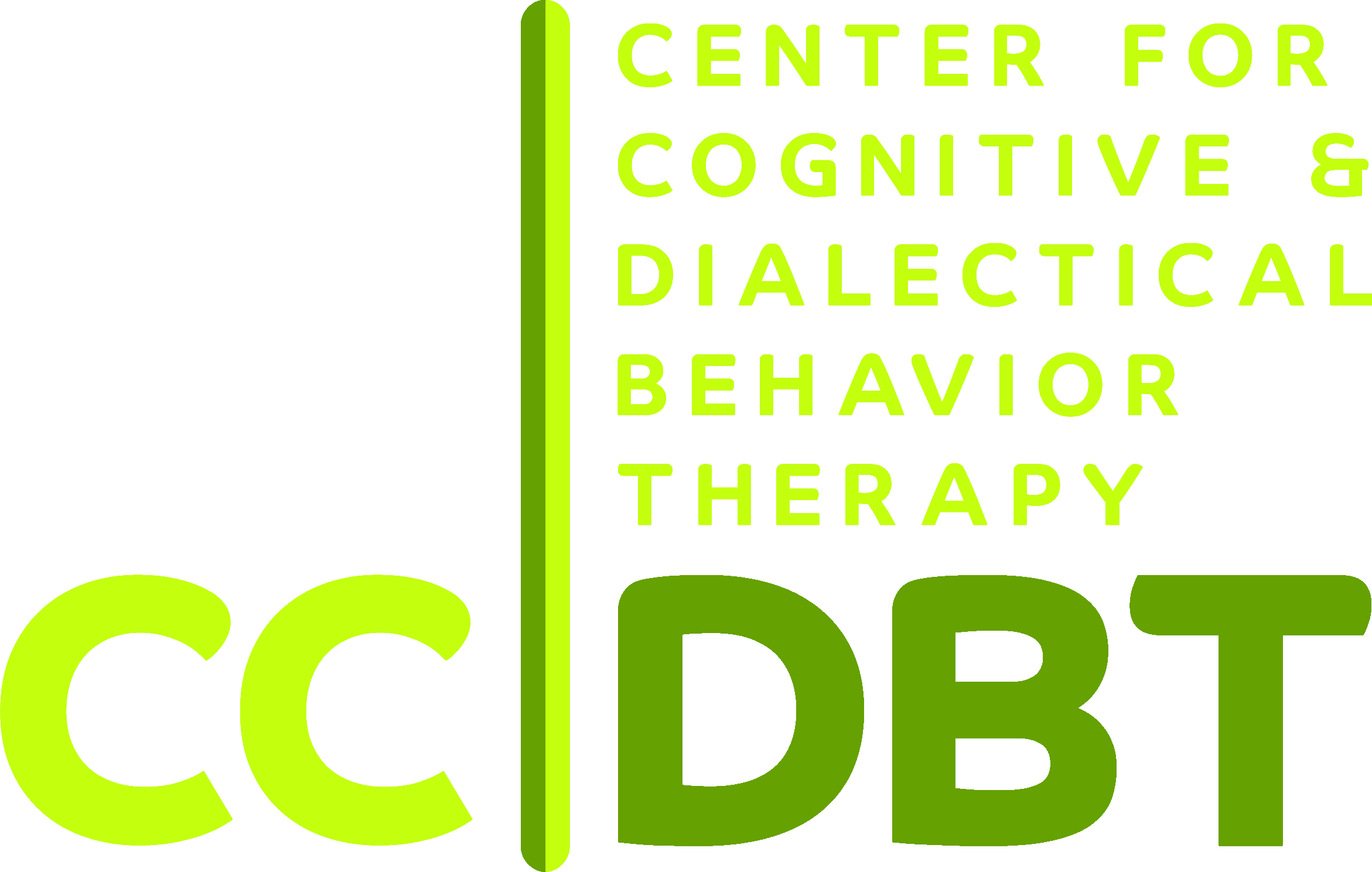Prolonged exposure is an evidence-based treatment for Posttraumatic Stress Disorder (PTSD) that usually takes between 10 and 15 weeks to complete. It encompasses both exposure therapy and emotional processing to help clients overcome the re-experiencing and arousal symptoms of PTSD, such as nightmares, flashbacks, and hypervigilance. During exposure therapy, clients are helped to confront anxiety-evoking situations to overcome their fears and to confront situations that are safe but that feel dangerous to the client because of what happened to them. Emotional processing is used to help process and digest the traumatic memory. Through this repeated exposure, one can process the trauma in new ways, and reduce the power it has over one’s life. In this way, the treatment helps clients regain a sense of control over their emotions and fully participate in their lives again.
Components of PE Treatment
Prolonged exposure is an intense, time-limited treatment comprised of three main components: Psychoeducation, In-Vivo Exposures, and Imaginal Exposures.
- Psychoeducation involves teaching the client about the common responses to trauma and helping them understand how their avoidance is maintaining PTSD symptoms.
- In-Vivo Exposures are homework exercises that are completed between sessions to help clients confront situations that they have been avoiding, but that are actually safe. Much care and thought is involved in creating these assignments to ensure success and to build confidence in one’s ability to perform the tasks.
- Imaginal Exposures are completed in the therapy sessions and involve telling the trauma narrative to allow for confrontation and processing of the images and emotions related to the event. These sessions are recorded and the client listens to them between sessions.
Who Is Appropriate for PE?
Individuals who have experienced a traumatic event and are experiencing symptoms of PTSD such as nightmares or sleep disturbances, flashbacks, intrusive thoughts of the event, avoidance of situations and reminders of what happened, hyperarousal when reminded of the situation, and impairment in functioning due to the traumatic event that last for more than one month following the trauma. The individual must remember aspects of the traumatic situation and cannot be engaging in life-threatening behaviors at the present time. If you struggle with interpersonal or emotion regulation difficulties in addition to the trauma symptoms, the combined Dialectical Behavior Therapy and Prolonged Exposure (DBT-PE) approach may be a good fit.
What Will the Treatment Be Like?
PE usually consists of 10-15 weekly individual psychotherapy sessions. These sessions are 90 minutes in length. Besides the weekly individual PE sessions, clients will have homework exercises to listen to the recorded exposures from the session and to complete their in-vivo exposure exercises. Symptoms will be assessed and monitored throughout the treatment to ensure that clients are getting better and progressing as expected.
Benefits of Doing PE Treatment
Prolonged exposure has shown to be a very effective treatment for PTSD. In addition to reducing these symptoms, PE treatment helps to decrease depression, anxiety, anger and irritability, and to increase satisfaction and engagement in one’s life.
